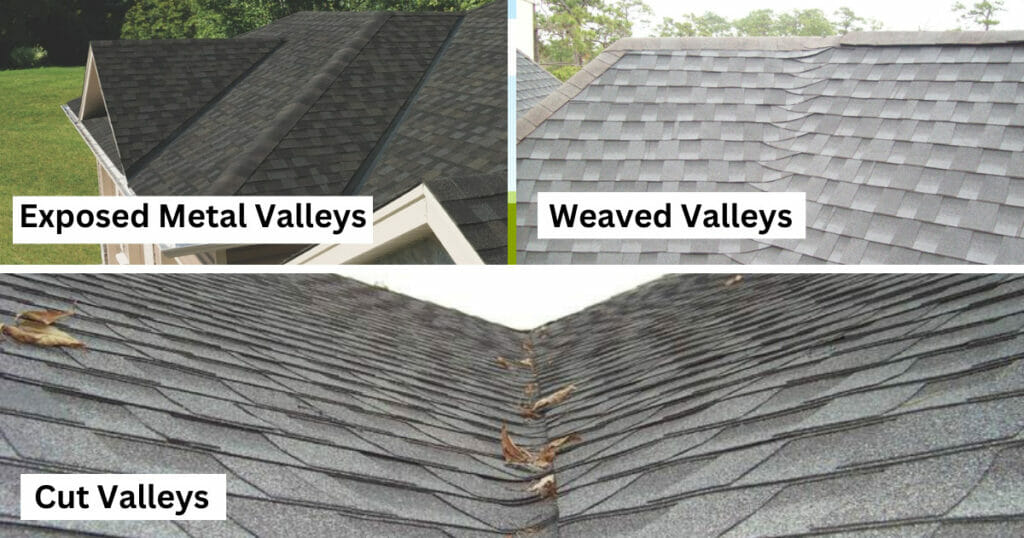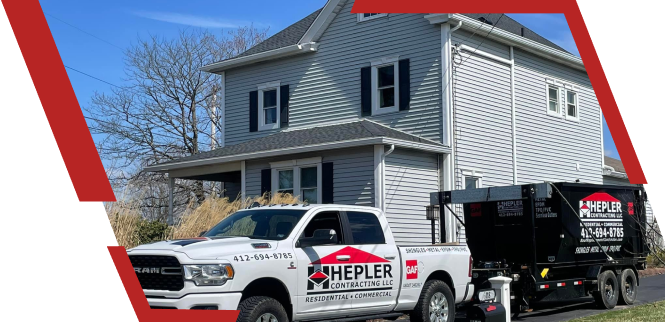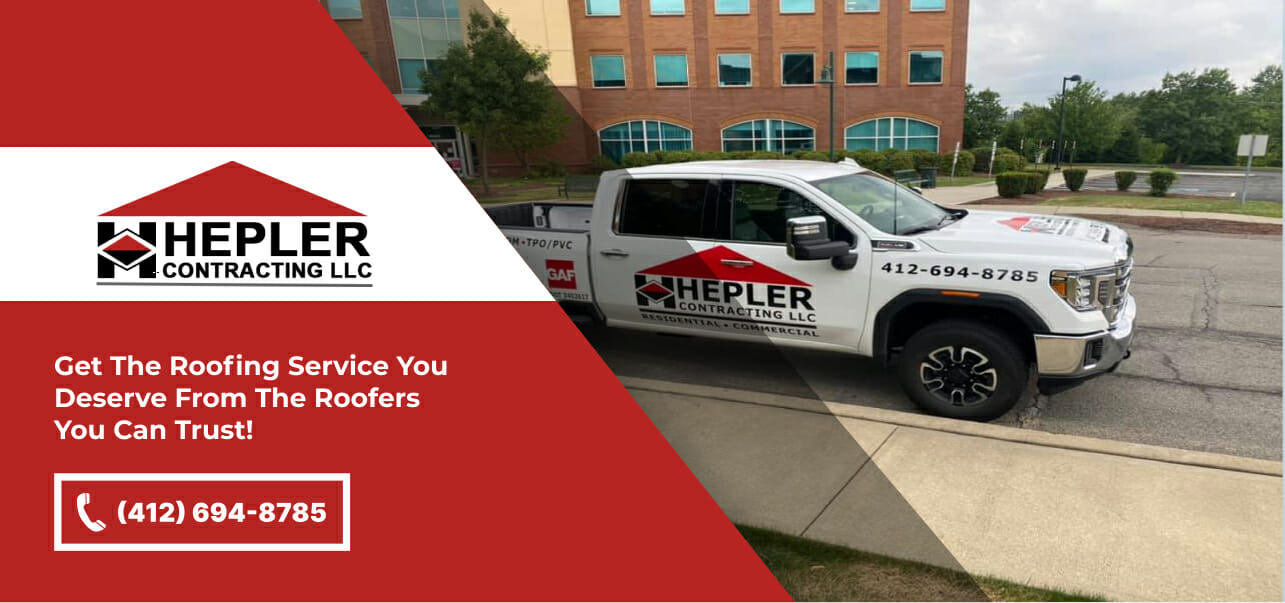Roof valleys play a crucial role in the functionality and longevity of your home’s roof. These often-overlooked features are responsible for directing the flow of water and debris away from your roof, preventing potential damage and safety hazards. Choosing the right roof valley design is essential, and with the various options available, it can be a daunting task. In this comprehensive guide, we will explore the different types of roof valleys, their cost, appearance, and functionality, providing you with everything you need to make an informed decision for your home.
# The Purpose of a Valley on a Roof
The primary function of a roof valley is to guide water from the roof into valley troughs, which then carry the water and debris to the edges of the roof. Without these valleys, water, leaves, dirt, and other debris would accumulate on the roof’s surface, leading to potential damage. Therefore, it is crucial to understand the aspects of a roof valley and choose the right design to ensure proper water drainage and protection for your home.
# Different Types of Roof Valleys
There are three main types of roof valleys: cut, weaved, and exposed metal valleys. Each type has its own characteristics that differentiate them in terms of price, overall look, and performance. Let’s explore each type in detail
- Cut Valleys
Cut valleys are a popular choice among roofing professionals due to their superior performance and appealing aesthetic. This method involves installing an ice and water shield layer, which is a slick rubber membrane, in the valley to provide a waterproof barrier. The shingles are then installed on each side of the valley, with a bead of roofing sealant applied in the center to ensure a watertight seal. The cut valley design allows for faster water flow and is considered a reliable and durable option.
- Weaved Valleys
Weaved valleys, while simpler to install, are not as durable as other options. This design involves weaving the shingle material from one side of the valley to the other, creating a pattern that resembles a basketweave. However, over time, the build-up of shingle material can cause cracks in the valley, compromising its effectiveness. Weaved valleys are typically cheaper to install but may not provide the same level of protection as cut valleys.
- Exposed Metal Valleys
Exposed metal valleys offer a visually striking design, often seen in higher-priced residential homes. These valleys are constructed using metal flashing, such as copper, which adds to the overall cost. Metal valleys are commonly used on roofs with cedar wood shake, slate, clay tile, or thick asphalt shingles that are difficult to wrap into tighter valley areas. While expensive, exposed metal valleys can provide a luxurious and durable solution for your roof.

# Factors to Consider When Choosing a Roof Valley Design
When selecting a roof valley design, it is essential to consider several factors, including total cost, appearance, and functionality. Let’s delve deeper into these considerations:
- Cost
The cost of a roof valley design can vary based on the materials used and the labor required for installation. Cut valleys are generally more affordable compared to weaved or exposed metal valleys. However, it’s important to note that investing in a durable and reliable valley design can save you money in the long run by minimizing potential repairs and maintenance costs. Therefore, it’s advisable to consider the long-term value when evaluating the price.
- Appearance
While the average passerby may not notice the intricacies of a roof valley, the design can significantly impact the overall aesthetics of your home. Cut valleys offer a clean and seamless look, blending in with the roof’s overall design. On the other hand, weaved valleys may have a more textured appearance that can add visual interest. Exposed metal valleys, especially those made with copper, can add a touch of elegance and sophistication to your roof. Consider the architectural style of your home and choose a valley design that complements it.
- Functionality
Beyond its visual appeal, a roof valley must effectively channel water and debris away from the roof. While an intricate design may be visually appealing, ensuring that it does not impede the valley’s function is essential. Consider the climate in your area, and the prevalence of heavy rainfall or snow, and choose a valley design that can handle the water flow efficiently. A well-designed valley should facilitate proper water drainage, minimize the risk of leaks, and protect your home from potential water damage.
# Making an Informed Decision
Choosing the right roof valley design requires a careful evaluation of your needs and preferences. Consider each design’s cost, appearance, and functionality, and weigh them against your priorities. It is advisable to consult with a professional roofing contractor who can provide expert guidance based on your specific requirements. They can assess your roof’s structure, consider the local weather conditions, and recommend the most suitable valley design for your home.
For Pittsburgh residents, Hepler Contracting offers comprehensive roofing services, including roof valley repair and installation. Whether you need assistance in selecting the right valley design or require repairs for leaks and other concerns, our team of experts is ready to assist you. Contact Hepler Contracting at (412) 694-8785 for more information.
Remember, investing in the right roof valley design is crucial for your home’s long-term performance and protection. By understanding the different types of roof valleys and considering the factors discussed in this guide, you can confidently choose a design that suits your needs and enhances the beauty and functionality of your roof.
FAQs
A. Preventing ice dams along roof valleys requires a few key steps. First, ensure proper insulation and ventilation in your attic to prevent heat loss and snow melting on the roof. Clear snow from the roof after heavy snowfalls using a roof rake or hire a professional service. Additionally, consider installing roof de-icing products or heat cables in problem areas to melt ice buildup and promote water flow.
A. Sealing a metal roof valley involves a straightforward process. Start by thoroughly cleaning the metal surface to remove any dirt or debris. Next, ensure you have an ice and water shield in place. Then apply a roofing sealant or caulk along the edges and seams of the metal valley, ensuring a watertight seal. For optimal results, consider using a metal roof sealant recommended by the manufacturer.
A. Diverting water from a roof valley is essential to prevent pooling or excessive runoff. One effective method is to install a gutter system along the edges of the roof and connect downspouts to carry water away from the valley. Another option is to use diverter strips or splash guards, which direct water away from vulnerable areas, ensuring proper water drainage.
A. A dead valley refers to a low-lying area on a roof where water tends to accumulate and flow more slowly. These areas are prone to leaks and potential damage due to inadequate drainage. Proper waterproofing during installation and regular maintenance is essential to prevent issues along dead valleys. Special attention is required to ensure effective water flow and to minimize potential damage.
A. Hip and valley roofs are commonly found on residential homes, particularly in regions with heavy rainfall or snowfall. These roof designs are popular in areas with diverse architectural styles. The sloping angles of hip and valley roofs assist with water drainage and help to prevent water from pooling on the roof’s surface. They provide both functional and aesthetic benefits.
A. The width of a roof valley depends on several factors, including the roof slope, intensity of rainfall, and roofing material. As a general guideline, a roof valley should be wide enough to accommodate efficient water flow. A properly sized valley ensures that water can flow freely, preventing clogs or water from overflowing. It’s best to consult with a roofing professional who can evaluate your specific roof design and local conditions to determine the appropriate width for your roof valley.


